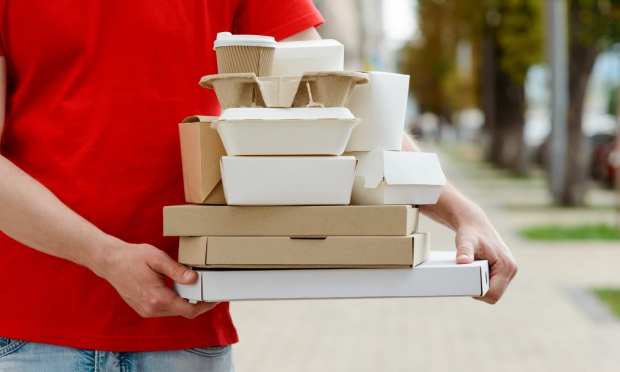Nimble Micro-Bakeries Feed Into Niche Food Delivery Trend

For all the pain and disruption caused by the pandemic, the past 14 months have also been a major catalyst for growth and innovation in the food delivery industry, forcing restaurants and other food sellers to find new ways to stand out in an increasingly crowded marketplace.
With revenues rising and consumers’ appetite for low-contact ways to enjoy restaurant meals strong, nimble newcomers have found that the best way forward can be achieved by going niche.
Take, for instance, gourmet cookie company Crumbl Cookies, which has doubled its store count in the last year alone. The bakery, selling only cookies, ice cream, milk and water, has made a point of perfecting the social media-friendly cookie ordering experience, with ultra-visual packaging and a constantly changing menu, operating an in-house driver fleet at many of the chain’s locations.
“Where food delivery used to deal with more traditional offerings, such as pizza and wings, it has now expanded to much more than that,” Crumbl Chief Operating Officer and Co-Founder Sawyer Hemsley told PYMNTS in a recent interview. “We are seeing loads of items being added to the delivery market every day. People are craving new food items every week and our menu follows that mindset. ”
While Crumbl is a national chain with almost 200 locations, this approach to capturing consumers’ delivery spending mirrors that of the microbakeries that became popular throughout 2020, growing their social media following with regularly updated social media content showcasing new menu items and old favorites.
“As lockdown increased, people turned to their phones more, and they had more time to look on the internet … they’re working from home a lot more, they’re learning from home a lot more,” Pandemic Donuts Co-Owner Michael Milton told PYMNTS in an interview. “So as a bakery, what can we do to fit into that lifestyle better? And for us, that’s been delivery.”
Many third-party restaurant aggregator/delivery services are seeing success using a similar approach, identifying a specific category underrepresented in the broader food delivery marketplace and building a following from there. Sometimes this niche is cultural. For instance, Chowbus, the restaurant aggregator and delivery service specializing in Asian food, grew 700 percent in 2020.
“When people think about food delivery, they have so many choices that many just end up with [whatever] platform gives them discounts,” Chowbus CEO and Co-Founder Linxin Wen told PYMNTS in an interview last September. “We are trying to hit the customer who specifically wants authentic Asian food and a better way to discover and access it.”
Similarly, Quicklly, a delivery service offering groceries, meal kits and restaurant meals from South Asian food sellers, has been expanding throughout the pandemic. As the founders told PYMNTS, part of the goal of the service was to bring mom-and-pop South Asian food sellers who may have otherwise been digital holdouts onto the platform. As Co-Founder Keval Raj put it, “At the end of the day, the goal is for the community, by the community.”
These specialized delivery services can get even more specific — New York-based digital ordering and delivery platform Slice works exclusively with pizzerias. Far from being limited in scale by this constraint, the company currently partners with 15,000 pizzerias across the U.S., and it raised $40 million to power its expansion in a recent funding round.
As the ready-to-eat food space only continues to grow, and as consumers’ digital ordering habits spurred by the pandemic stick around, we will likely restaurant delivery go the way of grocery, with increasingly specialized services emerging to target ever more specific groups of consumers. Who knows? Maybe by 2050 there will be a whole national platform specializing in BLTs, another that only sells foods that are orange, and still another specializing in vegan spanakopita.
